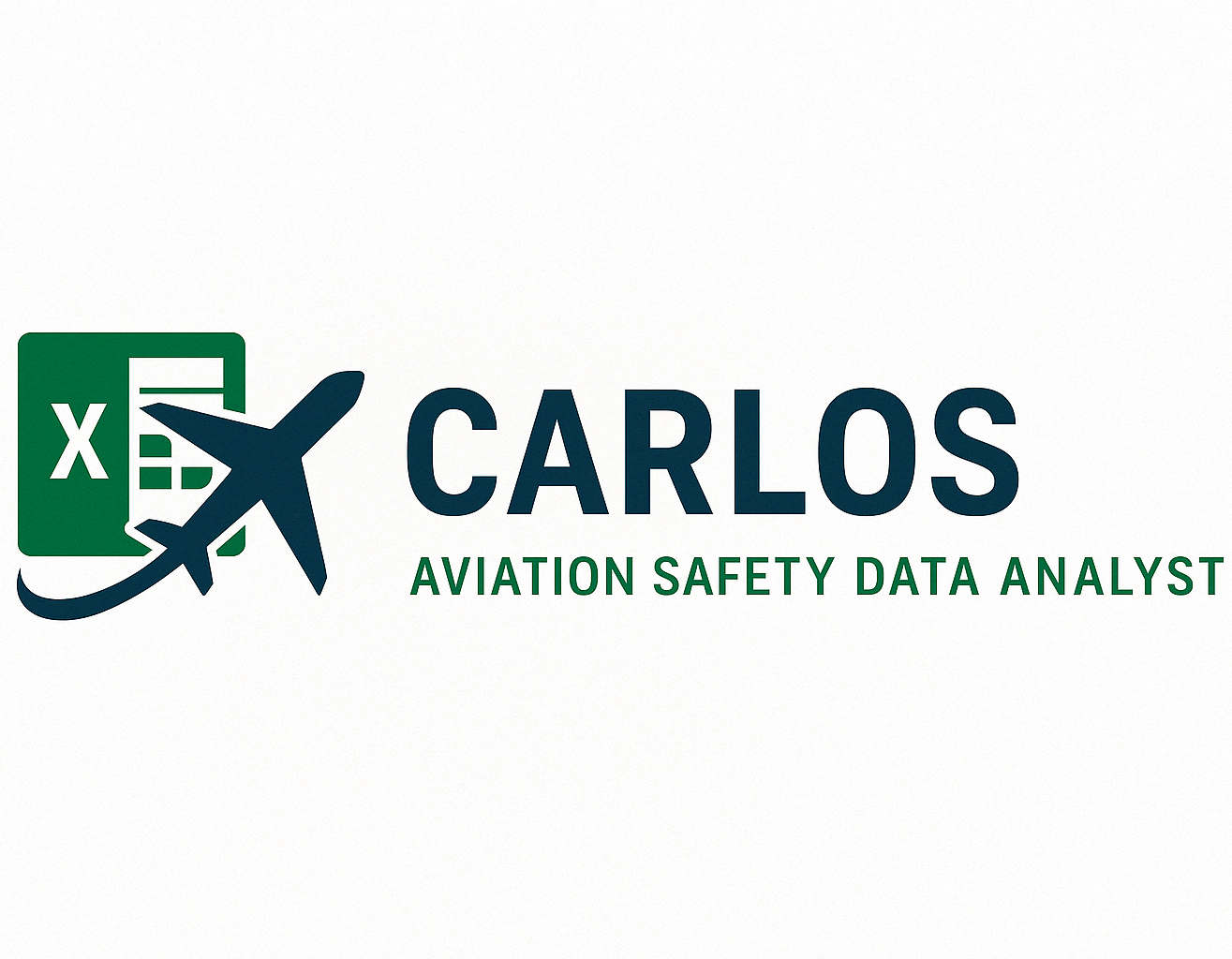Aviation Safety Data Analytics: Smarter Risk Management
Why Aviation safety data analytics in Organizations Is Essential for Smart Decision-Making
In today’s aviation environment, aviation safety data analytics plays a critical role in shifting from reactive responses to predictive risk management. While aviation has long been at the forefront of safety innovation, the modern era demands a new kind of toolset—data analytics. With the sheer volume of operational and safety data available, the aviation industry is now in a position to not just react to safety incidents, but to predict and prevent them.
From Data to Insight
Every day, airlines and aviation organizations collect vast amounts of data—from flight operations and maintenance logs to crew reports and environmental conditions. However, raw data alone doesn’t lead to safety—insight does.
Aviation safety data analytics bridges this gap. Through Excel automation, trend analysis, dashboards, and cross-referencing reports, we’re able to surface patterns that may otherwise go unnoticed. For instance, identifying repeated safety findings on particular routes, aircraft types, or shifts can help organizations act before an incident occurs.
Practical Applications in Aviation Safety
Data Analysis tools not only support internal accountability but also align with best practices outlined in the ICAO Safety Management Manual (Doc 9859), which emphasizes the need for proactive and predictive safety strategies.
Predictive vs. Reactive: A Cultural Shift
Historically, aviation safety was reactive—focused on investigating incidents after they occurred. But today’s landscape demands predictive models that flag risks before they manifest. This shift is enabled by analytical techniques like:
-
Time series analysis of incident types and locations
-
Risk scoring models for flight phases and operational areas
-
Automated keyword tracking in safety reports to highlight emerging concerns
This predictive approach is in line with ICAO’s Global Aviation Safety Plan (GASP), which underscores the importance of data-driven decision-making and proactive risk management.
Human Factors & Data correlation with Aviation Safety Data Analytics
Data is powerful—but it’s people who make decisions. That’s why pairing analytics with human factors insights is essential. The tools I develop are built to inform—not overwhelm—safety teams. Clear visuals, concise summaries, and contextual reminders ensure that safety staff can act confidently, backed by evidence.
The Bottom Line of Aviation Safety Data Analytics
Aviation safety data analytics isn’t just a technological upgrade—it’s a mindset. It’s about replacing gut instinct with informed insight, replacing delay with anticipation, and building a culture where data empowers every safety decision.
As aviation continues to grow in complexity, those organizations that embrace analytics will be better positioned to protect their crews, passengers, and reputations.
Read more:
ICAO – Global Aviation Safety Plan (GASP)
➡️ https://www.icao.int/safety/GASP/Pages/default.aspx
ICAO – Safety Management Manual (Doc 9859)
➡️ https://www.icao.int/safety/SafetyManagement/Pages/SM-Tools.aspx
IATA – Safety Report
➡️ https://www.iata.org/en/publications/safety-report/
Need help transforming your aviation data into safety intelligence? Let’s connect.



